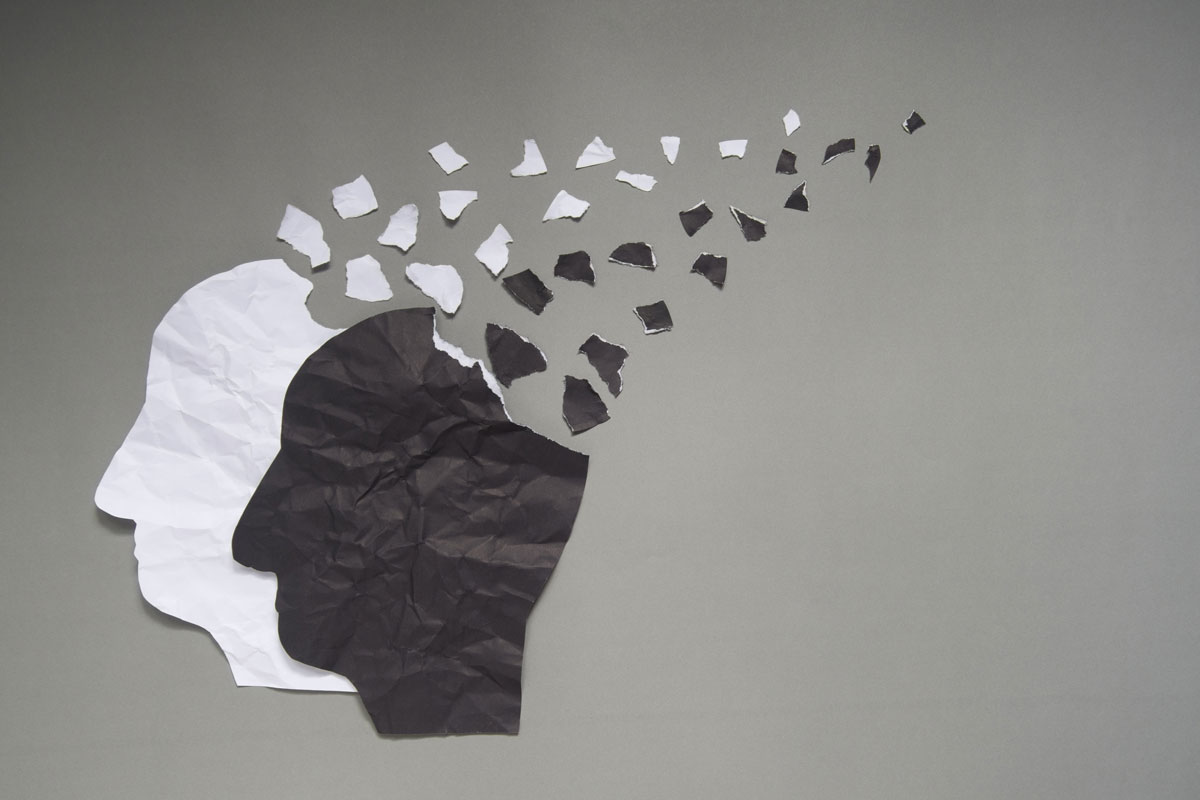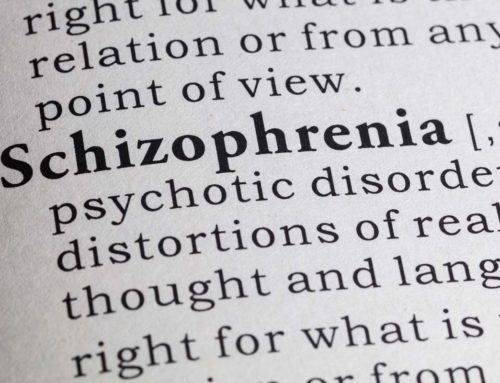Today we will be discussing Schizoaffective Disorder, a mental illness that is often overlooked because of its similarity to Schizophrenia. We will go over the distinctions between the two disorders, the types of Schizoaffective Disorder, and the treatment options available to individuals diagnosed with this illness.
Similar to Schizophrenia, Schizoaffective Disorder features a number of positive symptoms, including hallucinations, delusions, and disorganized thinking. To learn about these symptoms, you can refer to previous posts on Schizophrenia and the difference between a hallucination and a delusion. Schizoaffective Disorder diverges from Schizophrenia, because individuals diagnosed with Schizoaffective Disorder also experience symptoms that are similar to a mood disorder, such as Bipolar Disorder.
There are actually two types of Schizoaffective Disorder, separated according to the kind of mood-related symptoms the individuals may have. The first, known as Bipolar Type, includes manic episodes, during which an individual may feel euphoria, act impulsively, or have racing thoughts. This type may also include depressive episodes, though not all individuals diagnosed as Bipolar Type will experience depression. The second, known as Depressive Type, only includes significant depressive episodes, which may vary in length and intensity.
While this disorder can be passed on genetically, instances of Schizoaffective Disorder have been triggered by traumatic events and chronic stress. Substance abuse or the consumption of psychedelic drugs can also put you at risk of developing this disorder, especially if you have a history of mental illness.
Schizoaffective Disorder can look very different for different individuals, but, in order to be diagnosed with this mental health condition, you must present both types of symptoms at the same time. This makes diagnosis really tricky, because mood symptoms tend to come and go. An individual with Schizoaffective Disorder may be misdiagnosed as having Schizophrenia, because their mood symptoms are not affecting them at the time. Fortunately, the treatments for these two disorders are very similar, so individuals can begin a proper recovery even if they received an incorrect diagnosis.
There are, however, extra steps available to someone with Schizoaffective Disorder, which focus on addressing both types of symptoms. Mood stabilizers and antidepressants may help to balance the mood-related symptoms. Cognitive-behavioral therapy (CBT) can correct negative thoughts and behaviors, while supplying you with useful coping strategies for self-case.
If you or a loved one is regularly experiencing symptoms similar to those listed in this post, seek help from your local Spokane health care professional. Reach out to Damaris through her contact page or calling 509-342-6592.



